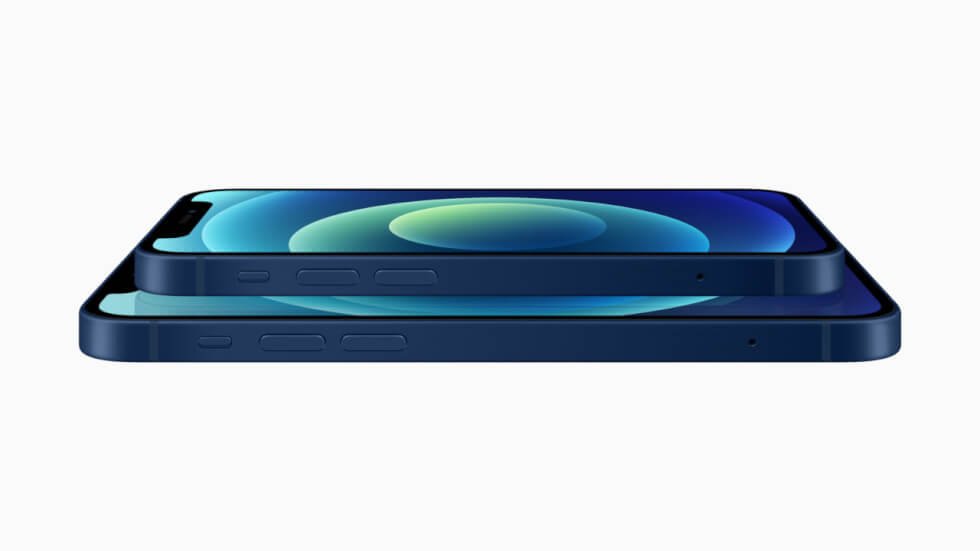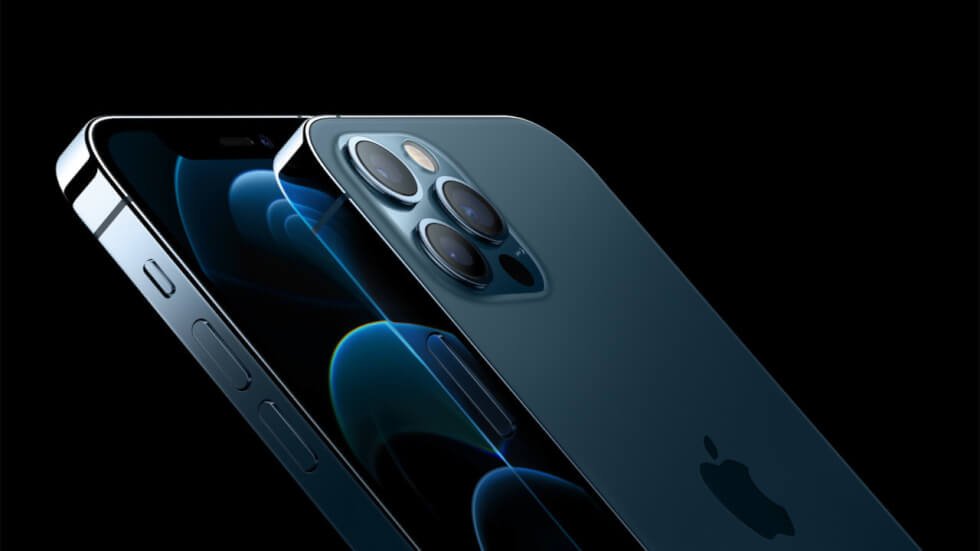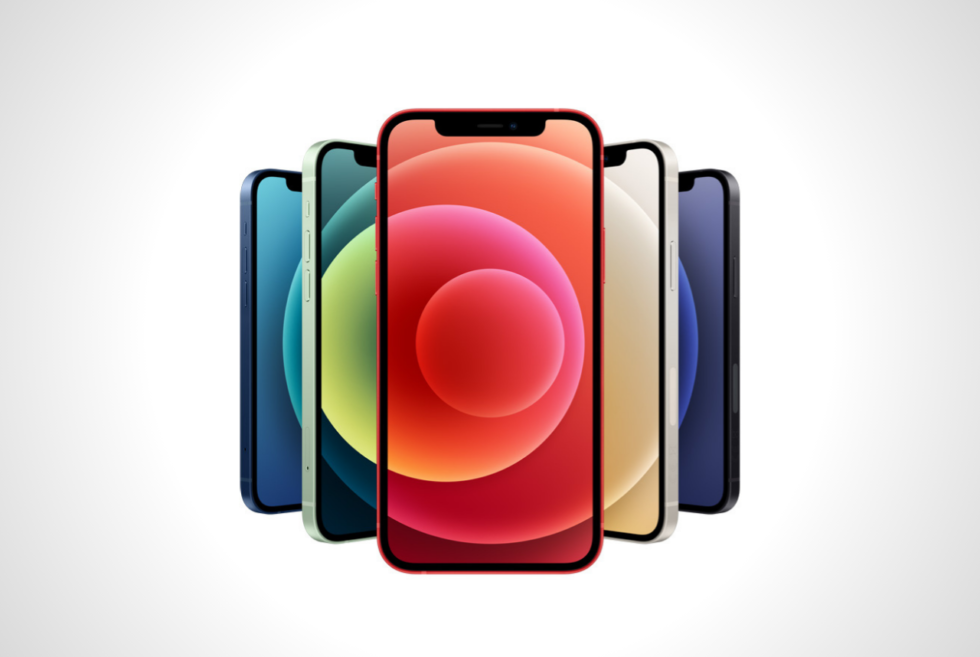It’s finally out in the open. After moving its debut date close to a month after, Apple is finally joining its rivals in 5G connectivity. While the rumors surrounding the iPhone 12 lineup were a hit-or-miss affair, for the most part, some were on point. These include the design, the technical specifications, and the retail packaging. Nevertheless, the iPhone 12, iPhone 12 Mini, iPhone 12 Pro, and iPhone 12 Pro Max are worthwhile upgrades.
We might just be nitpicking here, but Apple’s latest flagship handsets could be missing some key features. Although its already offering next-generation performance, its competitors are edging ahead with even more. The sleek and slim profile of the device series might suggest that battery life takes a hit, but it does not seem to.
Still, others might not like it that display refresh rate remains at 60 Hz while most mid to high-end Android smartphones tout 90 to 120 Hz. As for build quality, Apple is not changing this anytime soon. Both the iPhone 12 and 12 Mini have aluminum frames, while the other two use stainless steel instead. Protecting its Super Retina XDR OLED displays is what the company calls Ceramic Shield technology.
The iconic notch remains intact, which means Face ID remains the main mode of security. It looks like Touch ID is not yet ready to make a comeback just yet. It would have been useful given the current situation. The iPhone 12 collection is shaping up to be a serious contender this early on. Therefore, Apple can expect its rivals to come up with their own gimmicks soon.
Order it now: here

Images courtesy of Apple







